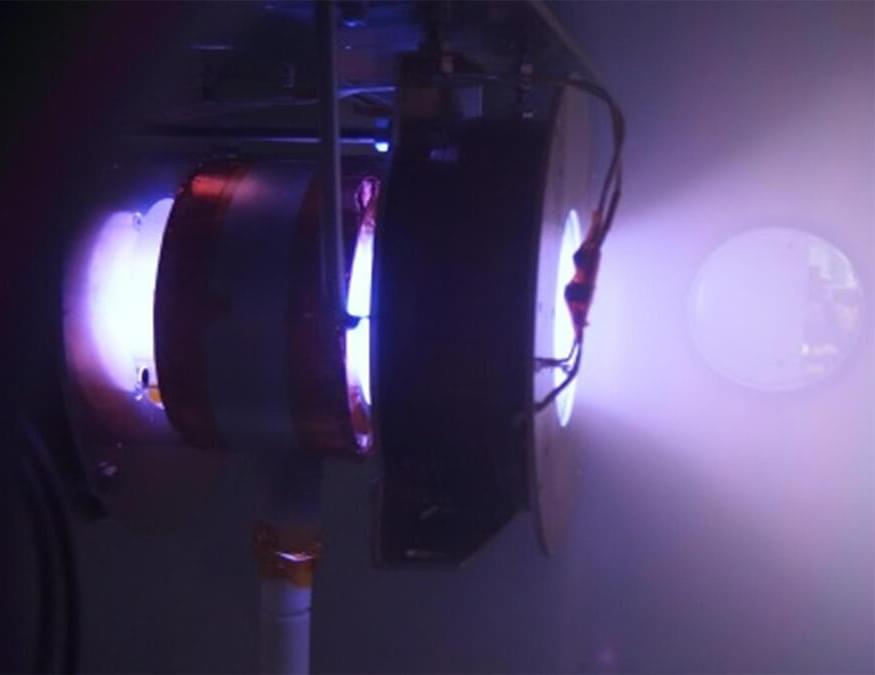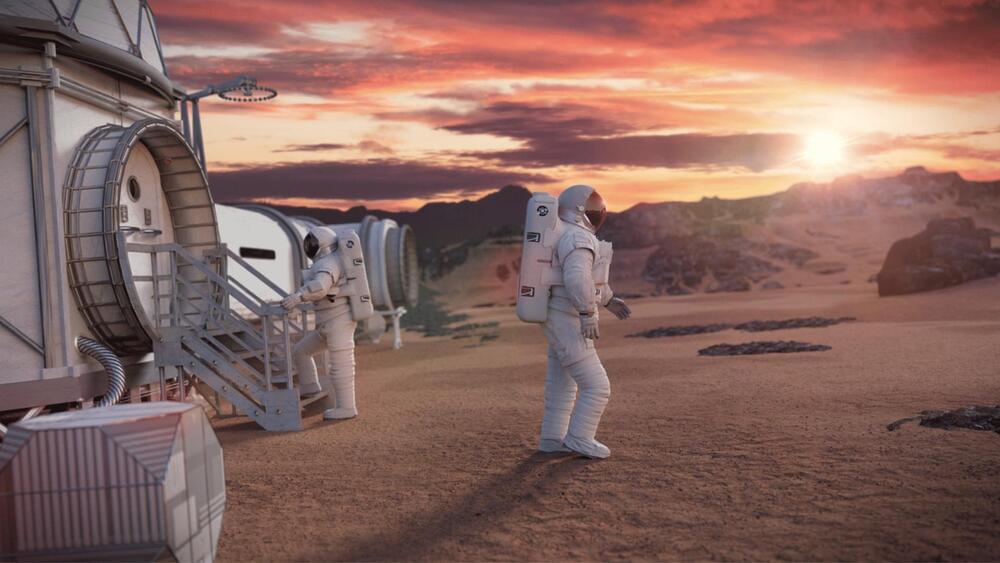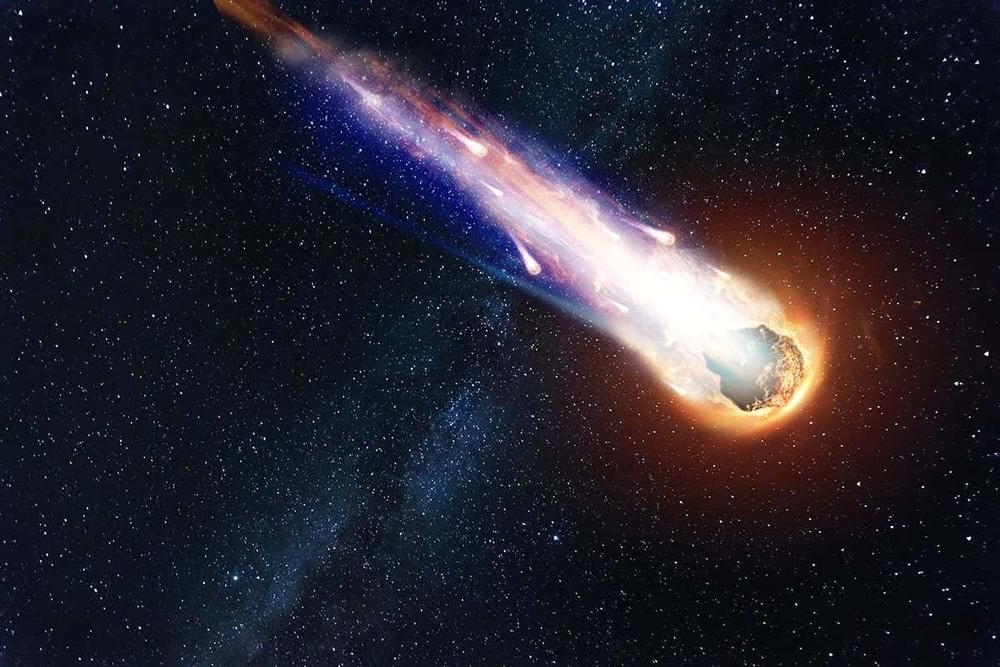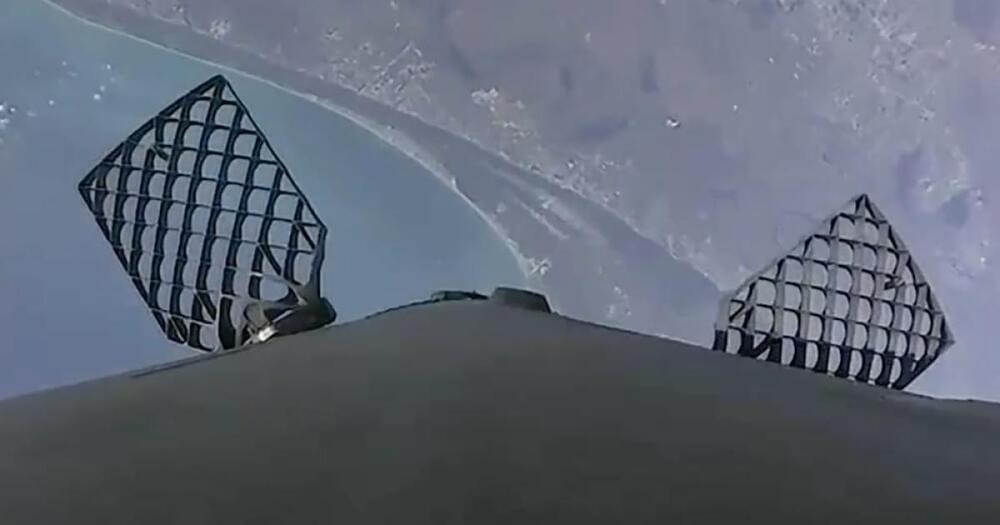At CES 2023, IE discovered a cutting-edge bioreactor for the future of in-space dining.
The days of tang and freeze-dried ice cream are far gone in the world of space technology. To find ways to grow food in space, organizations, including NASA, JAXA, and the European Space Agency, are collaborating with the food business.
Interesting Engineering (IE) learned from a panel of experts at the Consumer’s Electronic Show (CES) 2023 (Jan .05) the kind of solutions being developed to provide humans food during extended space flight-and eventually, habitation. One particular solution that stood out, turns plastic into consumable food. Yup, you read that right. Engineering (IE) learned from a panel of experts at the Consumer’s Electronic Show (CES) 2023 (Jan .05) the kind of solutions being developed to provide humans food during extended space flight-and eventually, habitation. One particular solution that stood out, turns plastic into consumable food. Yup, you read that right.







